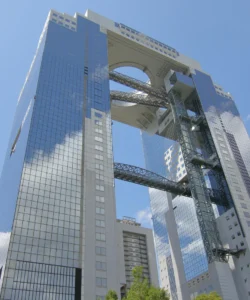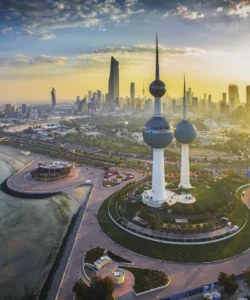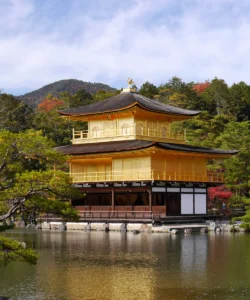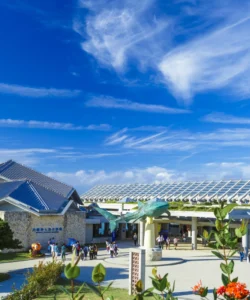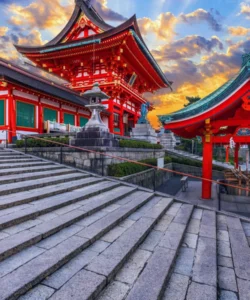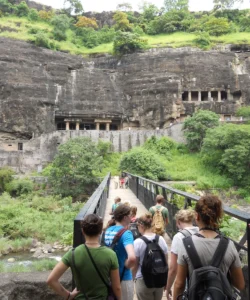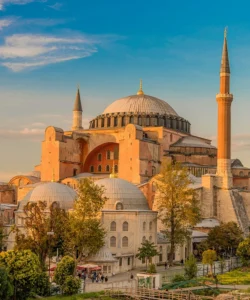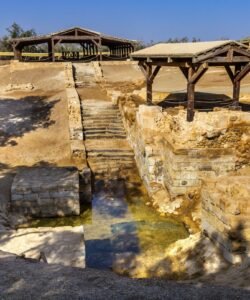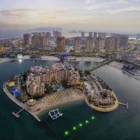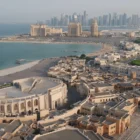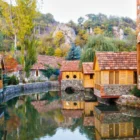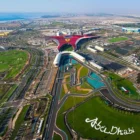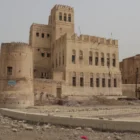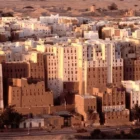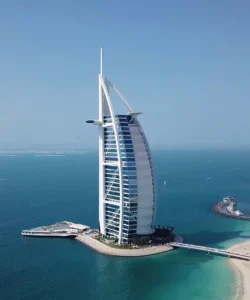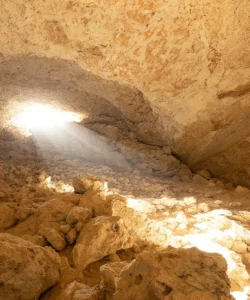The Armenian National Academic Theatre of Opera and Ballet, commonly known as the Yerevan Opera House, is a cultural cornerstone and an architectural marvel in the heart of Armenia’s capital. Designed by the visionary architect Alexander Tamanian, it stands as a testament to the nation’s rich artistic traditions.
Listen to an introduction about Yerevan Opera House
Name and Address
- Official Name: The Alexander Spendiaryan National Academic Opera and Ballet Theatre.
- Address: 54 Tumanyan Street, Yerevan 0002, Armenia.
- Location: Situated in the center of Yerevan, it forms a major cultural axis with nearby landmarks like the Cascade Complex and is surrounded by Freedom Square and Swan Lake.
How to Get There
Its central location makes the Opera House exceptionally easy to visit.
- Walking: It is a short and pleasant walk from most central locations, including Republic Square and the Cascade Complex.
- Metro: The Yeritasardakan station is the closest, just a few minutes’ walk away.
- Taxi/Ride-Sharing: Any driver will know the location, often referred to simply as “Opera.”
- Public Transport: Numerous bus and minibus routes stop at the adjacent Mashtots Avenue or near Freedom Square.
Landscape and Architecture
The building is celebrated for its innovative design and monumental presence, which earned its architect a Grand Prix at the 1937 Paris World Exhibition.
- Architect: Alexander Tamanian, the master planner of modern Yerevan, who also conceived the Cascade Complex.
- Dual-Hall Design: The building’s genius lies in its unique structure, which houses two separate performance halls back-to-back in a single, rounded edifice:
- Aram Khachaturian Concert Hall: A 1,400-seat venue for orchestral performances.
- Alexander Spendiaryan Opera and Ballet National Theatre: A 1,200-seat hall for opera and ballet.
- Style: The architecture is a grand example of neoclassical design, masterfully infused with traditional Armenian decorative elements and motifs.
- Freedom Square: The building is the centerpiece of Freedom Square (Azatutyan Hraparak), a popular public space featuring statues of Armenian cultural giants Hovhannes Tumanyan and Alexander Spendiaryan. The charming Swan Lake is also part of the complex.
What Makes It Famous
The Opera House is a symbol of Armenian cultural identity and artistic excellence.
- Architectural Masterpiece: It is considered one of the finest architectural achievements of the 20th century in Armenia.
- Cultural Heart of Yerevan: As the nation’s premier venue for performing arts, it has hosted countless national and international operas, ballets, and classical concerts since its opening in 1933.
- Historic Venue: The theatre has been central to the development of Armenian national opera and ballet, staging foundational works like Spendiaryan’s Almast and Tigranian’s Anoush.
- Public Gathering Place: Freedom Square, surrounding the Opera, is a vibrant hub for social life, political rallies, and recreation.
Differences from Other Wonders
The Opera House holds a distinct place among Yerevan’s landmarks.
- Functional Purpose: Unlike the Cascade, which is a visual monument and art gallery, the Opera House is a living, breathing performing arts venue with a nightly schedule of events.
- Contained vs. Sprawling: While both were designed by Tamanian, the Opera is a singular, self-contained building, whereas the Cascade is a massive, terraced structure integrated into the city’s topography.
- Cultural Focus: Its fame is rooted in the performing arts—music, opera, and dance. This contrasts with the Cascade’s focus on visual and sculptural art or the historical and religious significance of ancient sites.
- Civic Atmosphere: The atmosphere around the Opera is one of artistic elegance and civic engagement, distinct from the recreational and panoramic experience of the Cascade.
Yerevan Opera House Photos:































